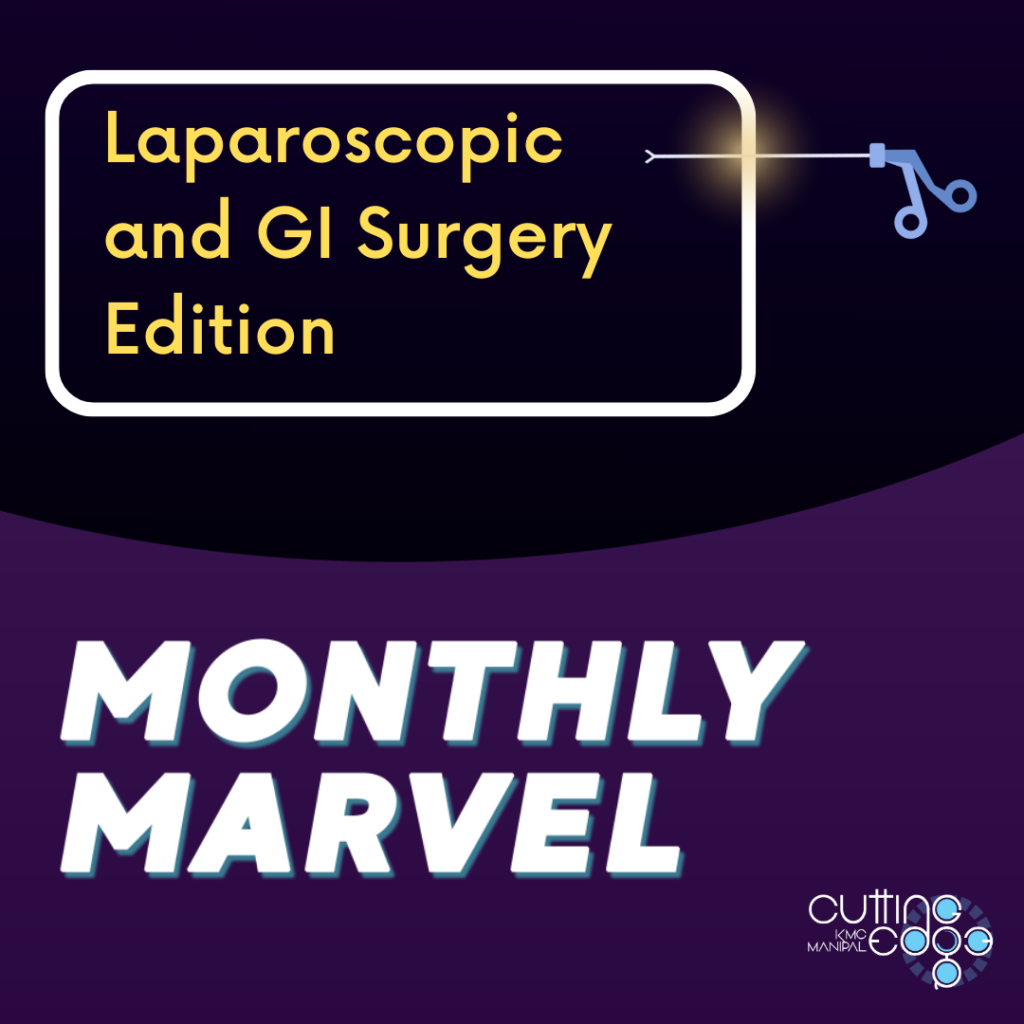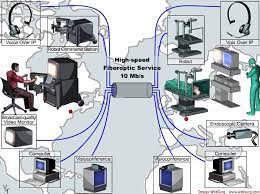Article by: Nitya, Jasneet
Design by: Manan

What was the Lindbergh Operation?
The Lindbergh operation was the first complete tele-surgical operation carried out by a team of French surgeons located in New York on a patient in Strasbourg, France. It was performed successfully on September 7, 2001 by Professor Jacques Marescaux and his team from the IRCAD (Institute for Research into Cancer of the Digestive System) using telecommunications solutions based on high-speed services and sophisticated Zeus Surgical Robot.
The procedure was named after Charles Lindbergh, who manned the first solo transatlantic flight, from New York to Paris.
What is Telesurgery?
Telesurgery, also known as remote surgery, is an emerging surgical tool that utilises both robotic technology and wireless networking to connect patients and surgeons who are geographically distant. Telesurgery harnesses a form of network-mediated robotic control.
The main advantages of telesurgery is its ability to overcome the limitations of conventional surgery like the geographical inaccessibility of rapid and high-quality surgical care, logistical limitations of surgeon schedules, financial costs, and long-distance travel. Some limitations of robot assisted surgery include lack of availability of centres that can afford the technology and have specially trained surgeons, risk of nerve damage and compression and robotic malfunction, which is extremely rare.
Procedure
Telesurgery, also known as remote surgery, is an emerging surgical tool that utilises both robotic technology and wireless networking to connect patients and surgeons who are geographically distant. Telesurgery harnesses a form of network-mediated robotic control.
The main advantages of telesurgery is its ability to overcome the limitations of conventional surgery like the geographical inaccessibility of rapid and high-quality surgical care, logistical limitations of surgeon schedules, financial costs, and long-distance travel. Some limitations of robot assisted surgery include lack of availability of centres that can afford the technology and have specially trained surgeons, risk of nerve damage and compression and robotic malfunction, which is extremely rare.

ZEUS Robotic Surgical System (ZRSS)
ZRSS was designed by Computer Motion, a robotics company based in America. It can be used for minimally invasive microsurgeries, including beating heart surgery and coronary artery bypass grafting. The ZEUS System is able to process the surgeon’s commands over a long distance due to high-speed fibre optics.
It consists of three robotic arms:
- One arm, AESOP(Automated Endoscopic System for Optimal Positioning), is a voice activated endoscope used to visualise internal structures.
- The other two arms are used to make cuts and extractions.
Advantages of the ZEUS Robotic Surgical System:
- The arms of the system mimic the surgeon’s movements at a smaller scale, giving rise to precise incisions.
- It removes error due to tremors of the surgeon, making it ideal for delicate procedures.
- It allows the surgeon to sit down (at the ZEUS) console during the surgery, which prevents and reduces fatigue.
- It can be used for remote surgery.
The ZRSS has since been phased out and replaced by the Da Vinci Surgical System
What does this hold for the future?
ZEUS and other telecommunication systems open up a world of possibilities, from aiding soldiers on the battlefield to performing surgeries in long space exploration missions. Although the technology is still not common, research in this field could possibly yield other such miracles in the future.